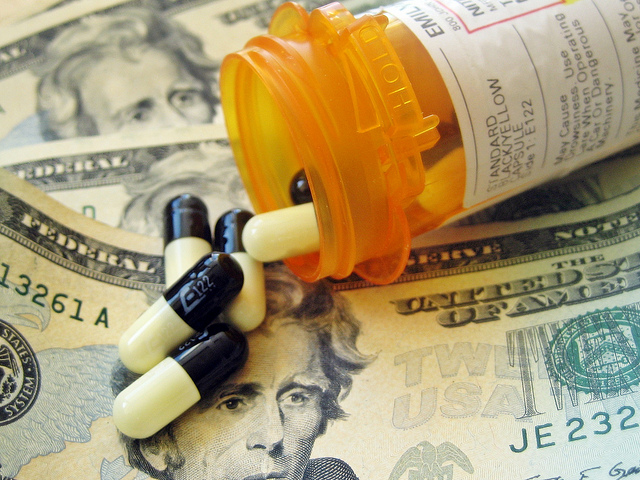
The price of life-saving and life-preserving prescription medicines has been subject to intense scrutiny recently. Some have even used this negative attention as an excuse to call for the government to forcefully lower the price of drugs by giving bureaucrats greater authority to set market prices. However, these proposals demonstrate a lack of understanding of the issue.
The fact is, government “negotiation” over drug prices would not deliver the benefits that supporters claim. While they may reduce the upfront cost of medicines, it would likely increase long-term costs and would replace an existing system that already reduces costs with one that hampers innovation and reduces choice. The simple fact is, the government would be a terrible negotiator over the price of medicines.
Prices Are Already Negotiated Down: When it comes to the price of prescription drugs, it is not a choice between government negotiation and nothing. The free market already works to reduce costs, and by giving negotiators an incentive to provide the lowest prices possible, while balancing access to care.
Under this system, pharmacy Benefit Managers (PBMs) exist as the middleman between pharmacies, consumers, and manufacturers. They negotiate with these stakeholders to provide medicines at a lower price, a practice that will save up to 30 percent, or $654 billion over the next ten years, including $257 billion for Medicare part B.
Granting the government new power, will replace, rather than add to these savings. As noted in a study by PwC, PBMs act as a private sector alternative to price controls by putting downward pressure on low healthcare prices and therefore, they achieve what the government cannot.
While much was made of the recent announcement that the price of the EpiPen would increase from $150 to $600 for a pack of two, this price is negotiated down by close to 50 percent even though the product has no competition in the market.
These savings occurs across the prescription drug market. In total, the average out-of-pocket cost for employer provided prescription drugs decreased from $167 in 2009 to just $144 in 2014.
When the Government Negotiates, It Does So Poorly: The concern that government negotiation would back fire isn’t hypothetical – there are already case studies that prove this point. On one hand, prescription drugs administered through the Veterans Affairs agency are set by the government. On the other, Medicare Part D prescription drug coverage utilizes free market competition to put downward pressure on prices and maximize access. The performances of each program are stark.
Despite (or because of) not relying on government negotiation over prices, Medicare Part D works efficiently as it can instead focus on promoting competition amongst different providers. Different plans can compete based on the goal of maximizing access and minimizing coverage.
As this allows individuals to better select a plan that meets their needs, there is a 90 percent satisfaction rate and the program spends 45 percent less than initial projections, while monthly premiums are half of the projected amount. Even as spending remains low, the program covers a wide range of prescription medicines.
In contrast, VA address prescription drug coverage with a “one-size fits all” government run approach. This has led to VA covering as little as 40 percent of commonly used medicines, forcing close to one in four enrollees to purchase supplemental care.
While the VA “negotiates” prices, it inevitably must say no if the price it deems the price too high. As a result, it is very selective about what it covers and veterans are frequently locked out of accessing newer life-saving medicines, resulting in worse health outcomes, and higher long-term costs to the system.
It’s the Job of the Free Market, not Government to Set Prices: While forcefully reducing the costs of medicine may succeed in reducing the upfront costs of drugs, over the long term it is an incredibly destructive policy. By forcing lower prices, the government creates a disincentive to innovate because there are less profits available to finance the next generation of life-saving and life-improving prescription medicines. In turn, this results in higher long-term healthcare costs because illnesses need to be treated in a reactive, not proactive way.
Already, development is a timely and expensive process. It costs an average of $2.6 billion and more than a decade of research time for each new medicine that hits the market. Only ten percent of drugs that begin preclinical testing ever make it to market, so prices are in part set by these extensive development costs.
While drug costs may seem high in isolation, it is only half the story as they also led to substantial savings over the long term, as noted by a recent study released by Frank R. Lichtenberg of the Montreal Economic Institute. Lichtenberg estimated that current savings to the healthcare system totaled almost a billion dollars more than overall spending on new medicines today, close to three decades since the period of medical innovation analyzed.

